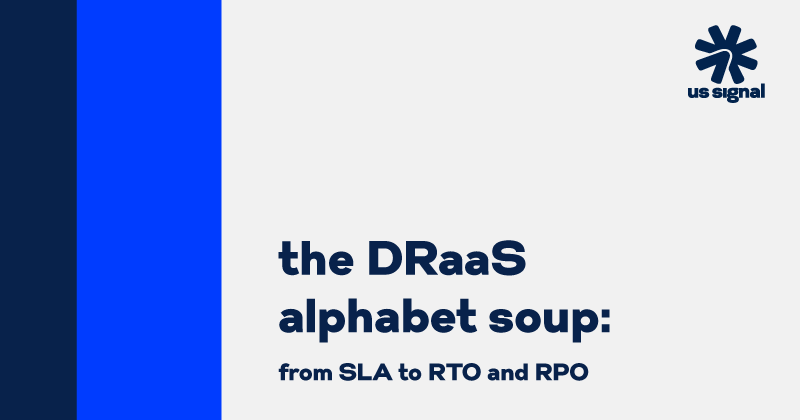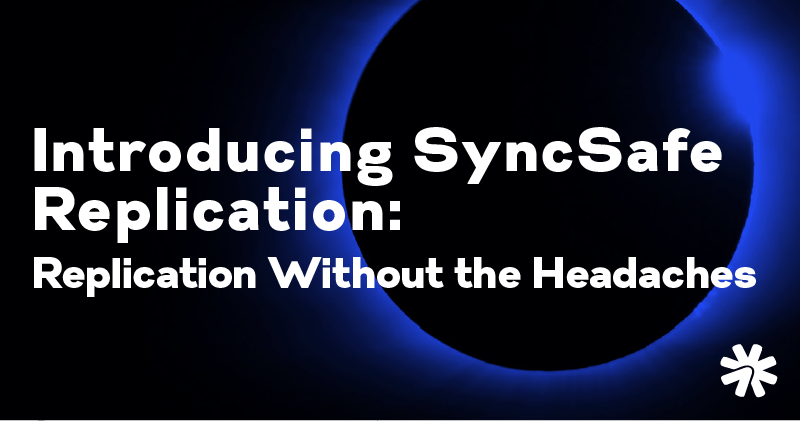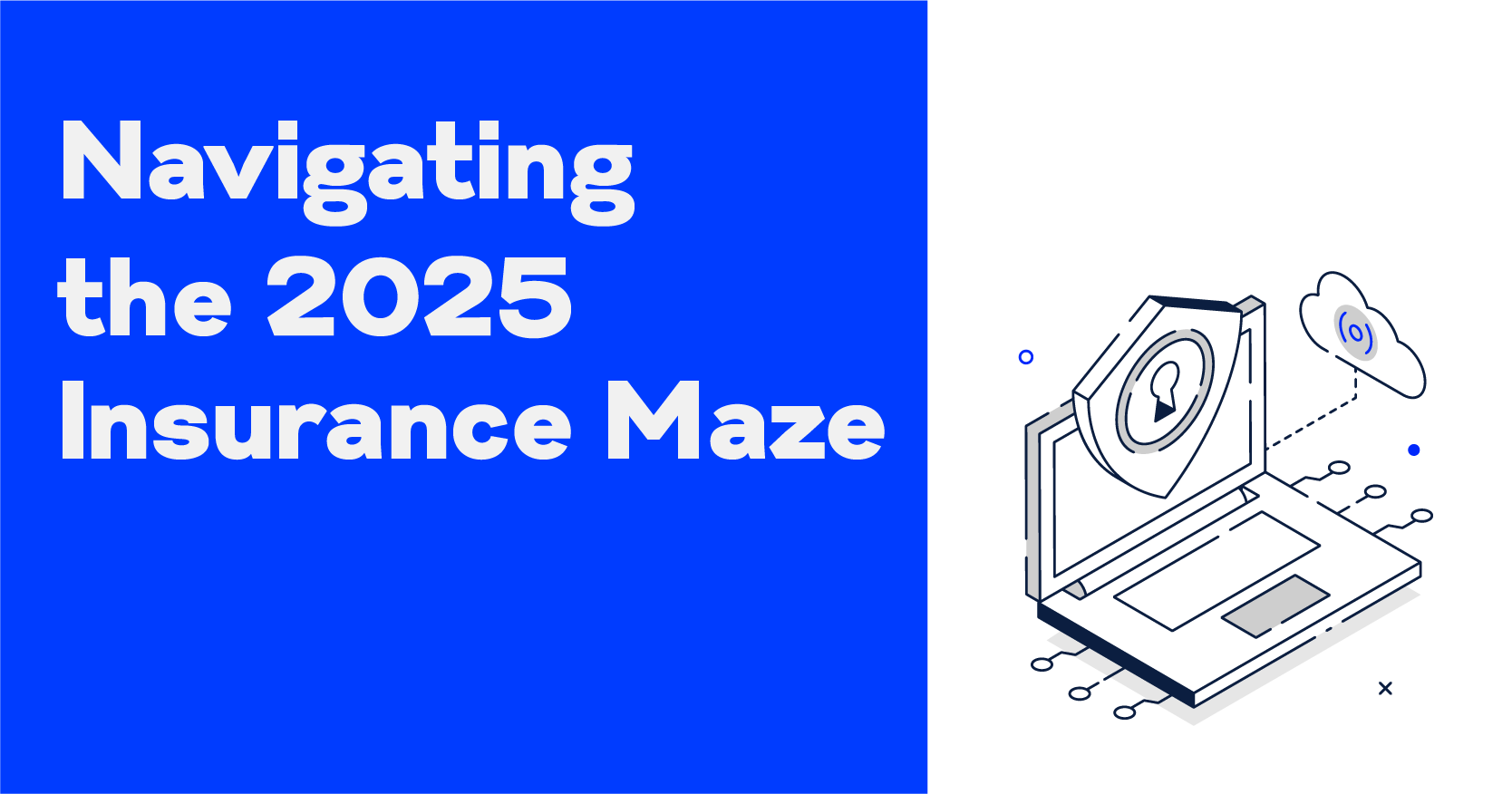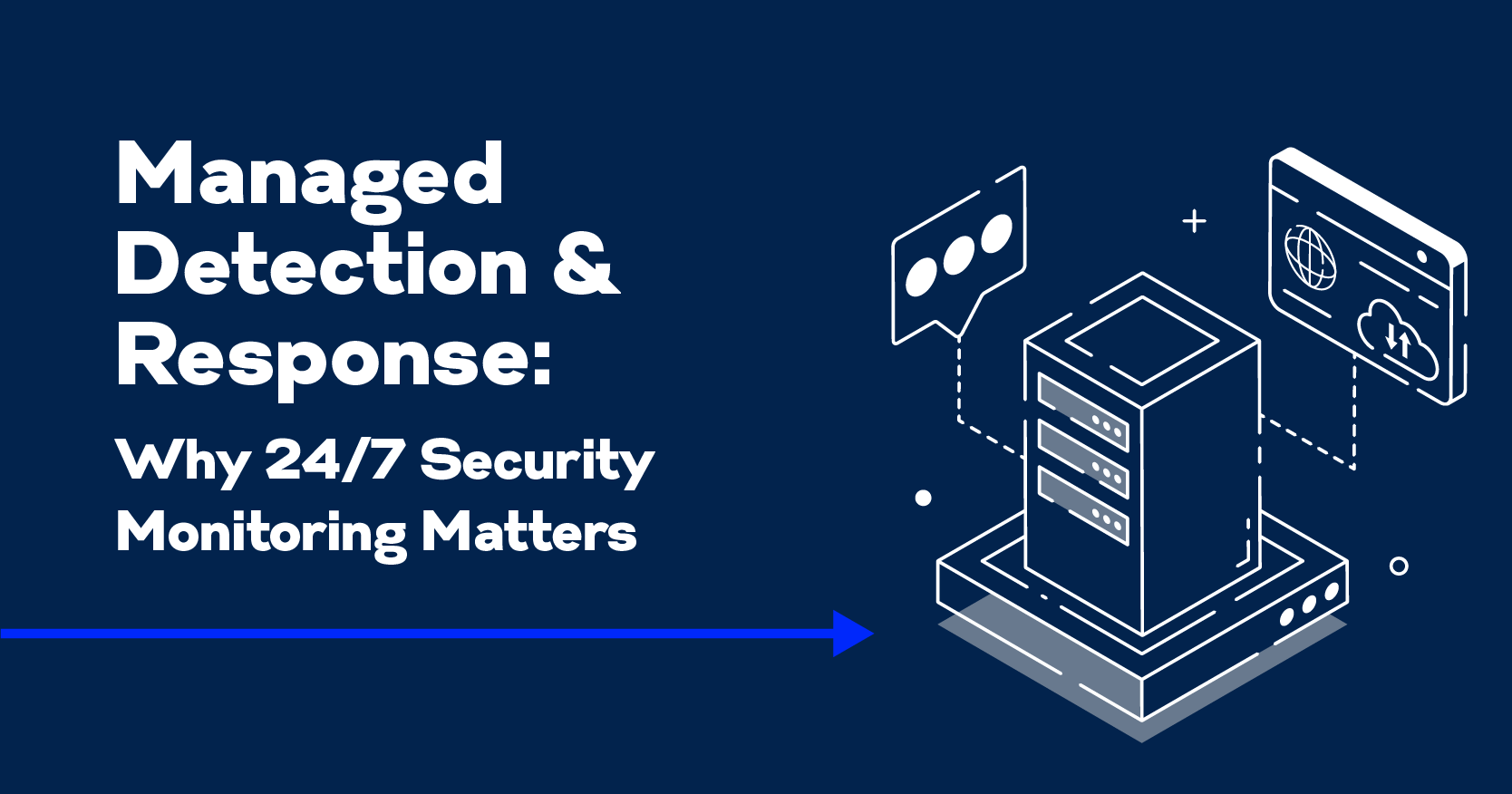The DRaaS Alphabet Soup: From SLA to RTO and RPO

Don’t Overlook the Fine Print: What to Know About Your DRaaS SLA
You’ve decided to pursue a Disaster Recovery as a Service (DRaaS) solution for your organization. The c-suite is on board. You’ve received preliminary budget approval, outlined your requirements, conducted research, and narrowed down the field of prospective providers. All that’s left to do is make your final choice of cloud service provider (CSP) and sign the contract, right?
Not so fast.
No matter how much due diligence you’ve done, one critical area requires a closer look: the DRaaS SLA, the service level agreement that outlines the provider’s obligations and your expectations.
Why is this so important? Because when disaster strikes, time is money. In fact, more than two-thirds of outages in 2022 cost businesses over $100,000 each. (Uptime Institute)
If your SLA doesn’t support fast recovery, those numbers could apply to your business, too.
Not All DRaaS SLAs Are Created Equal
It’s not enough for a DRaaS provider to advertise an “industry-leading” SLA. What matters is whether that SLA aligns with your organization’s specific recovery objectives.
A solid DRaaS SLA should clearly define:
- Recovery Point Objective (RPO): How much data loss (measured in time) your organization can tolerate.
- Recovery Time Objective (RTO): How quickly you need systems to be back online.
And yet, many companies assume they’re protected when they’re not. According to a 2024 study, only 56% of recoveries using backups are fully successful. (Nucleii)
That’s why it’s essential to dig deeper into what the SLA actually promises — and whether there are consequences for missed commitments.
What to Look for in a DRaaS SLA
Here are some of the most important elements to review before signing on the dotted line:
- Restoration Guarantees
The SLA should specify the expected RTO. US Signal guarantees restoration times in its DRaaS SLA, and includes service credits if those targets aren’t met — an added layer of accountability that not all providers offer. - Service Credits
Speaking of which, not every provider backs their SLA with a service credit clause. If the SLA isn’t enforceable, it’s just marketing language. Be sure the agreement includes specific remedies for failure to meet RTO or RPO thresholds. - Data Storage Transparency
Where will your data reside? The SLA should clearly state whether third-party clouds are involved. These can introduce privacy, compliance, or latency concerns you didn’t bargain for. - Testing and Validation
Your provider should regularly conduct both scheduled and unscheduled disaster recovery tests. If this isn’t in the SLA, request it — especially considering how many failed recoveries stem from untested assumptions. - Infrastructure Availability
A DRaaS solution is only as good as the infrastructure behind it. Confirm that the underlying cloud platform offers continuous availability to support replication and recovery. - Security Measures
The SLA should define how data will be protected — including encryption standards, breach notification timelines, and compliance certifications. - Responsiveness and Support
Even if it’s not in the SLA, ask the provider to define their expected response time during an incident. If your internal team can’t recover alone, you’ll need fast, expert support. - Adaptability
Review the SLA regularly to make sure it evolves with your organization’s needs. Your business won’t stay static — and neither should your DRaaS agreement.
The Bottom Line
A DRaaS solution can provide tremendous value — but only if it’s backed by a well-structured, enforceable SLA. The costs of downtime and failed recovery attempts are too high to leave this to chance. Involving legal and business stakeholders in the review process is a must. So is working with a provider that stands behind their commitments.
If you need help evaluating DRaaS SLAs or would like to learn how US Signal structures ours, our solution engineers are here to help.



